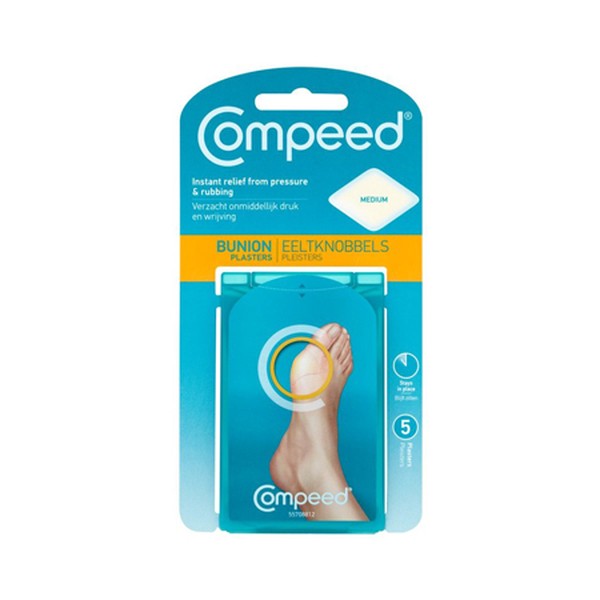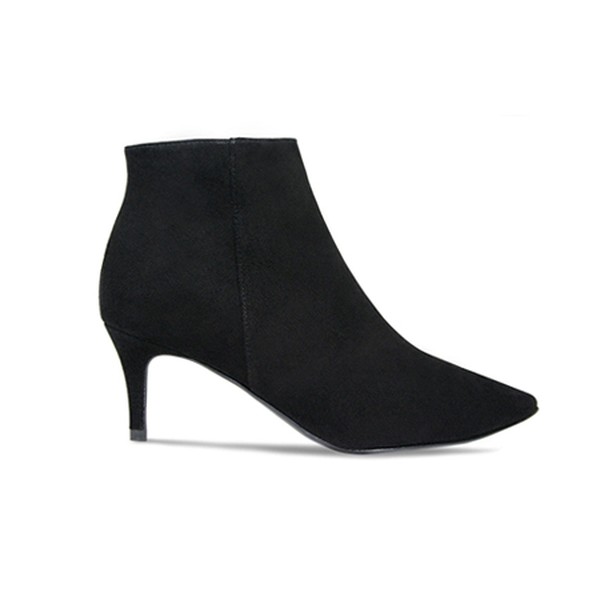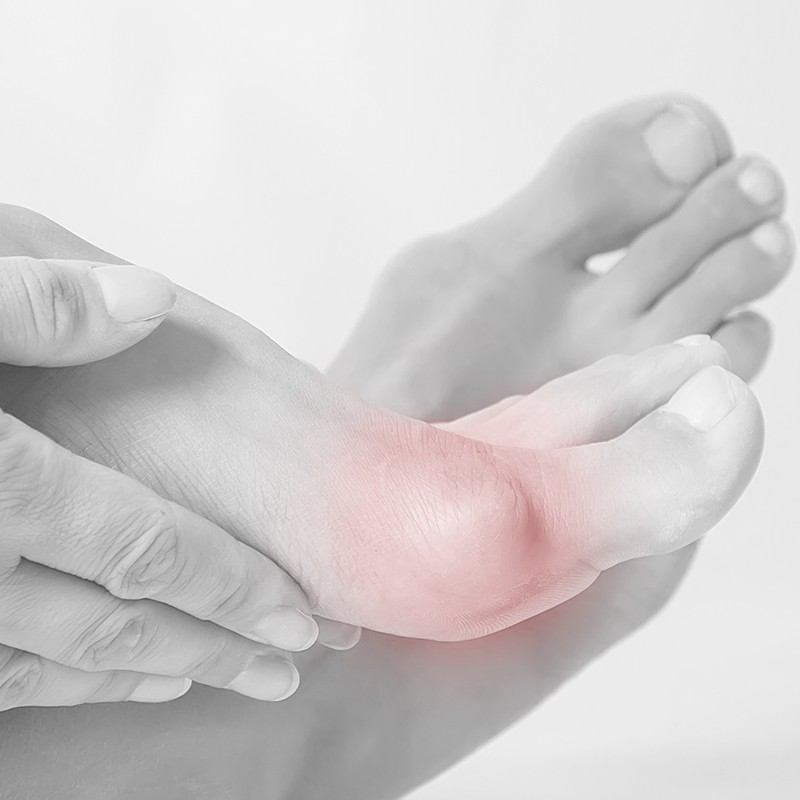The Game-Changing Bunion Treatments To Try
Firstly, what is a bunion?
A bunion is a misaligned toe joint which manifests itself as a bony lump at the base of the big toe. It occurs when the long foot bone shifts outwards towards the other foot, and the big toe moves inwards towards the second toe, resulting in a misalignment.
Once the big toe starts leaning towards the second toe, the tendons no longer pull the toe in a straight line, so the problem tends to become progressively worse. Over time, this movement by the big toe can squeeze the other toes into abnormal positions, causing more problems such as hammer toes, corns and chronic foot pain.
The size of bunions can vary greatly. Some people have a very mild foot deformity with a small lump and no pain, while others have a large lump with great pain. Bunions are also often accompanied by the formation of a bursa (a fluid-filled sac) over the big toe joint. Inflammation of this bursa can cause severe pain.
What causes them?
The exact cause of bunions is unknown, and it's not clear if you can do anything to prevent them. But there are certain things proven to worsen or raise your risk of developing the condition:
Genetics: Bunions are generally considered to be hereditary, as it’s likely we inherit the foot bone shapes, joint flexibility, and even body morphology, that lead to the development of a bunion.
Biomechanics: Faulty foot mechanics such as flat feet are thought to causes bunions, as they can over-stress the foot bones and soft tissues.
Flexible joints: Bunions are more likely to occur in people with unusually flexible joints since ligament laxity can make the joints less stable.
Pregnancy: The hormone relaxin, which loosens ligaments to allow the pelvis to widen for childbirth, can also affect the feet.
Tight calf muscles: These can cause the foot to pronate abnormally and lead to greater forces on the forefoot, which can contribute to deformity.
Obesity: This can cause chronic overloading of the foot joints, often resulting in an abnormally pronated foot posture and a change in gait patterns.
Poorly fitting footwear: While people are predisposed to getting bunions, uncomfortable footwear (such as high heels or pointy toes) can exacerbate the problem if worn for extended periods of time.
How can they be treated?
Symptoms, such as pain and inflammation, can sometimes get worse if the bunion is left untreated, so it's best to see a GP. They'll ask you about your symptoms and examine your foot, and in some cases will refer you for an X-ray to assess the severity of your bunion. Seeing your GP is vital if the pain has stopped you from doing your normal activities, or if you have diabetes.
Your GP might also refer you to a foot specialist (podiatrist) who will be able to recommend a plan to help manage your symptoms, or you could also pay to see one privately. And, as a final resort if other treatments haven’t worked, they may refer you for bunion surgery, known as an osteotomy. This is the only way to get rid of bunions.
The surgery involves making a small cut in the skin over the big toe, cutting or scraping away the bunion, straightening the toe bone and fixing it in place with metal screws or staples under your skin – these are often left in permanently. Surgery is usually done under general anaesthetic and most people go home the same day, but will generally need to stay off work for between two and six weeks.
What about easing bunion pain at home?
According to the NHS, non-surgical treatment options include painkillers, orthotics (made-to-measure insoles), toe spacers, toe supports (splints) and bunion pads (soft pads to stop shoes rubbing on a bunion). It’s also important to wear the correct size shoes, ensuring they’re wide enough to allow room for your toes.
One of the biggest myths about bunions is that people with the condition have to avoid heels. As podiatrist Margaret Dabbs explains, it’s OK to wear high heels occasionally, and wearing a small heel every day (around one inch) is actually better than wearing flats. She recommends avoiding flat shoes like Converse and ballet pumps entirely as they often don’t provide enough support for the feet and ankles.
As for stylish shoes that accommodate bunions, look no further than Sole Bliss – trend-led footwear made with innovative patent-pending technology. All the brand’s shoes have an invisible stretch panel to provide comfort and support to the bunion area, with three underfoot layers of memory foam to cushion and protect the foot, and a memory foam pad to prevent the foot pronating.
Dabbs also advises having light laser therapy to help reduce inflammation, and physiotherapy to strengthen the muscles in the feet. And if you’re having a particularly painful bunion day, holding an ice pack (or bag of frozen peas wrapped in a tea towel) to the bunion for up to five minutes at a time can help ease inflammation.
For more information, visit NationalBunionDay.com
Shop our pick of the best products for bunions below…



DISCLAIMER: We endeavour to always credit the correct original source of every image we use. If you think a credit may be incorrect, please contact us at info@sheerluxe.com.


